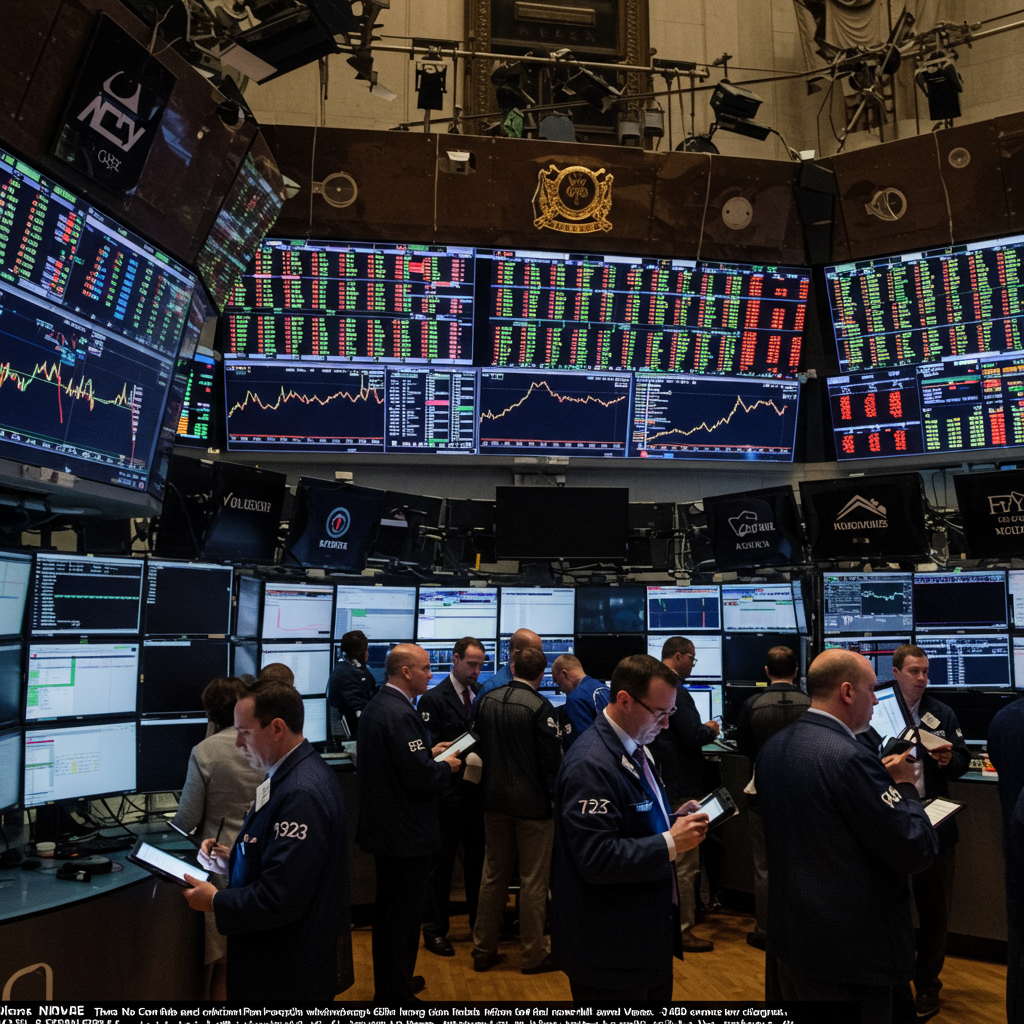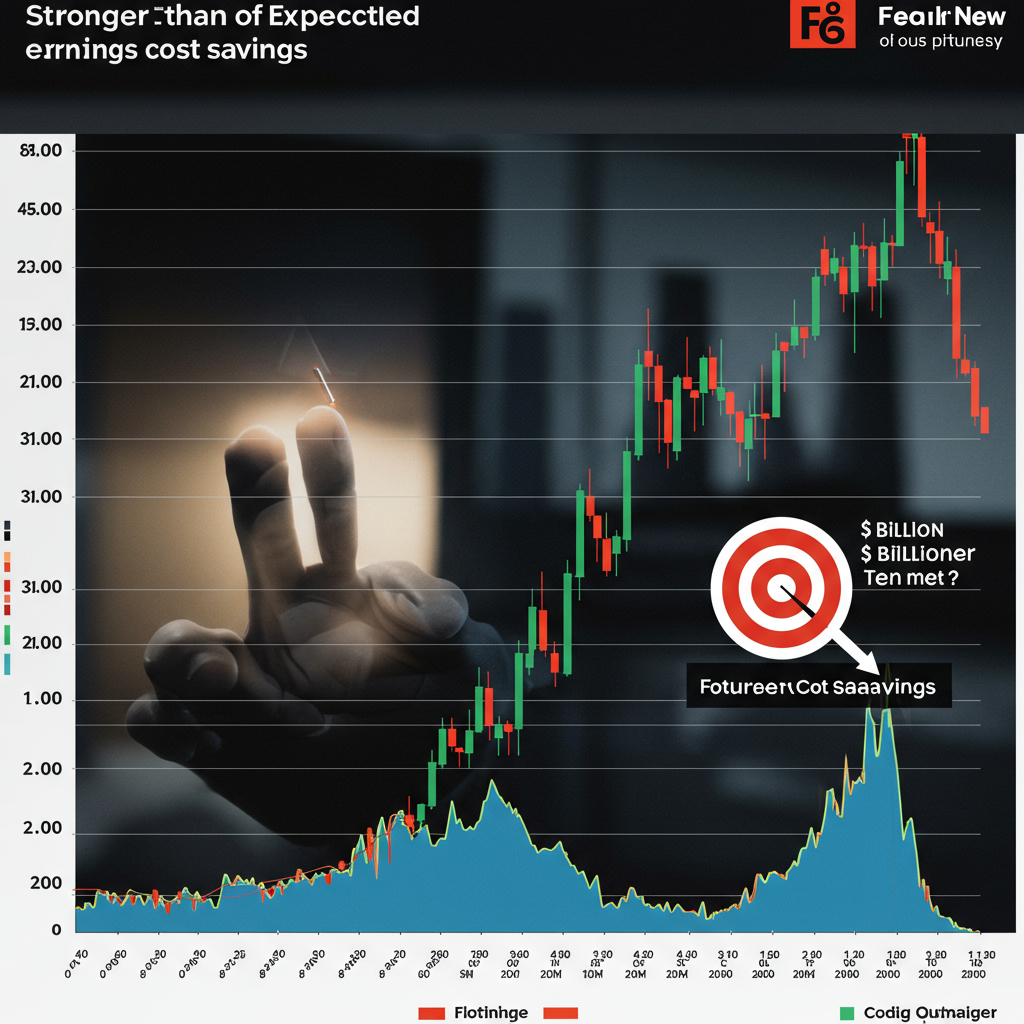Wall Street is currently experiencing a significant upward trend, with major indices climbing and key benchmarks nearing or surpassing all-time highs. The S&P 500 and Nasdaq Composite are within striking distance of setting fresh records, fueled by a rally that has seen substantial gains since the lows recorded in April. The Dow Jones Industrial Average has also advanced, contributing to the overall positive sentiment across the stock market.
Since its April low, the S&P 500 has jumped more than 20%, closing just points away from its February record high. Similarly, the tech-heavy Nasdaq Composite has surged even more dramatically, gaining approximately 28% over the same period and also sitting near its previous peak. The Dow Jones Industrial Average has climbed around 12%. This broad-based rally signals renewed investor confidence despite lingering uncertainties.
Experts point to several key factors driving this market momentum:
Tech Stocks Lead the Charge
Much of the recent strength is attributed to the stellar performance of the technology sector. Companies often referred to as the “Magnificent Seven,” including giants like Nvidia, Apple, and Amazon, have been pivotal in propelling the S&P 500 higher. Tech stands out as the best-performing sector in the second quarter of 2025.
Nvidia, the leading chip manufacturer, has been a standout performer, reaching record closing prices and briefly becoming the world’s most valuable company. Its stock has soared dramatically since April lows, reflecting strong demand for its chips in the burgeoning field of artificial intelligence (AI). Other AI-linked companies like Micron Technology have also posted strong results and seen significant gains, benefiting from the sector’s tailwinds. Investors are drawn to these tech leaders for their robust cash flow and potential for future growth, viewing them as relatively secure investments in the current climate.
Optimism Around Potential Rate Cuts
Investor sentiment has also been boosted by increasing expectations of interest rate cuts from the Federal Reserve later this year. While the Fed held rates steady at its most recent meeting, Chair Jerome Powell and other officials have hinted at the possibility of future cuts, potentially as early as the July meeting, though September is seen as more likely. The prospect of more accommodative monetary policy provides a tailwind for stock valuations and economic activity.
Powell recently noted that while inflation is currently “in a really good place,” the central bank is still evaluating the potential impact of tariffs on future price levels before making definitive decisions on rate adjustments.
Easing Trade Tensions Provide Relief
A perceived de-escalation in trade tensions, particularly between the U.S. and China, has also contributed to the market rally. A recent trade agreement helped reduce anxieties surrounding tit-for-tat tariffs that had weighed on markets earlier in the year. Analysts note a reduction in “disruptive noise” from Washington regarding trade policy, which has helped cool investor fears “for the time being.”
However, a key date looming is July 9, the deadline for countries to submit proposed trade plans in response to President Trump’s “Liberation Day” tariffs. While a White House official suggested this deadline might not be “critical” and could see alternative approaches, a return to heightened trade friction remains a potential risk.
Economic Data Shows Resilience Amid Slowing Growth
Recent economic data presents a mixed, but overall resilient, picture. Initial jobless claims fell, and durable goods orders surged significantly in May. While the final reading for the first quarter of 2025 confirmed an economic contraction to start the year, the latest data suggests the economy is “slowing, but remains resilient,” according to market analysts.
Potential Headwinds and Risks
Despite the prevailing optimism, the market rally is not without potential risks. Analysts caution that trade tensions could intensify again, leading to the imposition of new tariffs that could disrupt supply chains and potentially fuel inflation. Geopolitical events, while having had limited sustained impact recently, could still pose a threat. Furthermore, if tariff-induced inflation accelerates more than expected, the Federal Reserve could delay or reduce anticipated interest rate cuts, removing a key support for the market. The path forward is expected to be “bumpy,” even if the overall outlook remains positive.
Individual stock movements beyond the mega-caps also reflect varied company performance and sector trends. While some companies like BlackBerry have seen boosts from positive outlooks, others like Campbell’s and General Mills have faced challenges related to shifting consumer spending habits and declining demand in certain segments.
Overall, the stock market continues its climb towards record territory, buoyed by the strength of technology, expectations of lower interest rates, and a temporary easing of trade anxieties. However, investors remain watchful for potential shifts in economic policy, geopolitical events, and corporate earnings that could influence the market’s trajectory through the rest of 2025.



